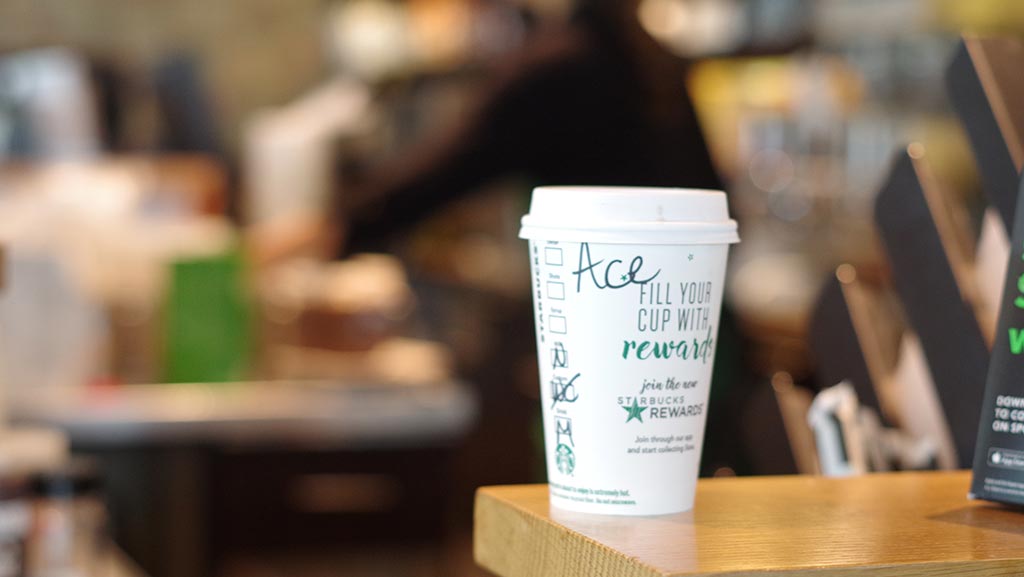When I ordered my usual “grande, non-fat mocha, extra shot, no whip, please”, I wasn’t sure what to expect. The place seemed familiar: the iconic green mermaid; bustling, energetic, caffeinated baristas operating machines that steamed occasionally; a short line of eager patrons busy with their phones or engaged in spirited conversation; the pleasingly pungent scent of ground beans filling the air.
 My skepticism wasn’t with the store as much as the surroundings—I was in Beijing, China. 6,361 miles from Denver.
My skepticism wasn’t with the store as much as the surroundings—I was in Beijing, China. 6,361 miles from Denver.
Yet, the piping-hot first sip tasted like home.
It’s that consistency of customer experience that is vital to a brand’s longevity and durability. The influential marketing book, The 22 Immutable Laws of Branding, describes enduring best practices for building world-class products and services. In chapter 19, the authors, Al and Laura Ries, write: “Your brand has to stand for something simple and narrow in the mind.”
I entered that store with an expectation and it was fulfilled. Starbucks effectively exhibits consistency of logo, customer journey, and emotional attachment regardless of location: they maintain 22,132 stores in 63 countries and territories. Simple and constant in-store experience leads to positive reactions from customers.
Uniformity of brand experience includes initial visits, interaction via email, chat or phone, direct mail pieces, online and print ads, delivery of the product or service itself, invoices and payment receipts, service calls, repeat interactions and beyond. Customers crave stability and steadiness.
I’m not suggesting that innovation and new ideas should be avoided, though. Not at all. Rather, when brand improvement and progress is necessary, it must be harmonized with the already established brand/identity. To that end, Starbucks publically acknowledged the existence of ‘secret menu’ items (Cake Batter Frappuccino, anyone?) and made them easier to order.
The Law of Consistency chapter closes with, “You should limit your brand. That’s the essence of branding.” Indeed, what you might consider to be a rut is just a comfortable, consistent groove to your clients and customer base.
